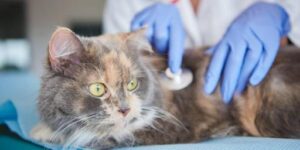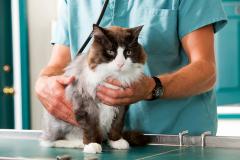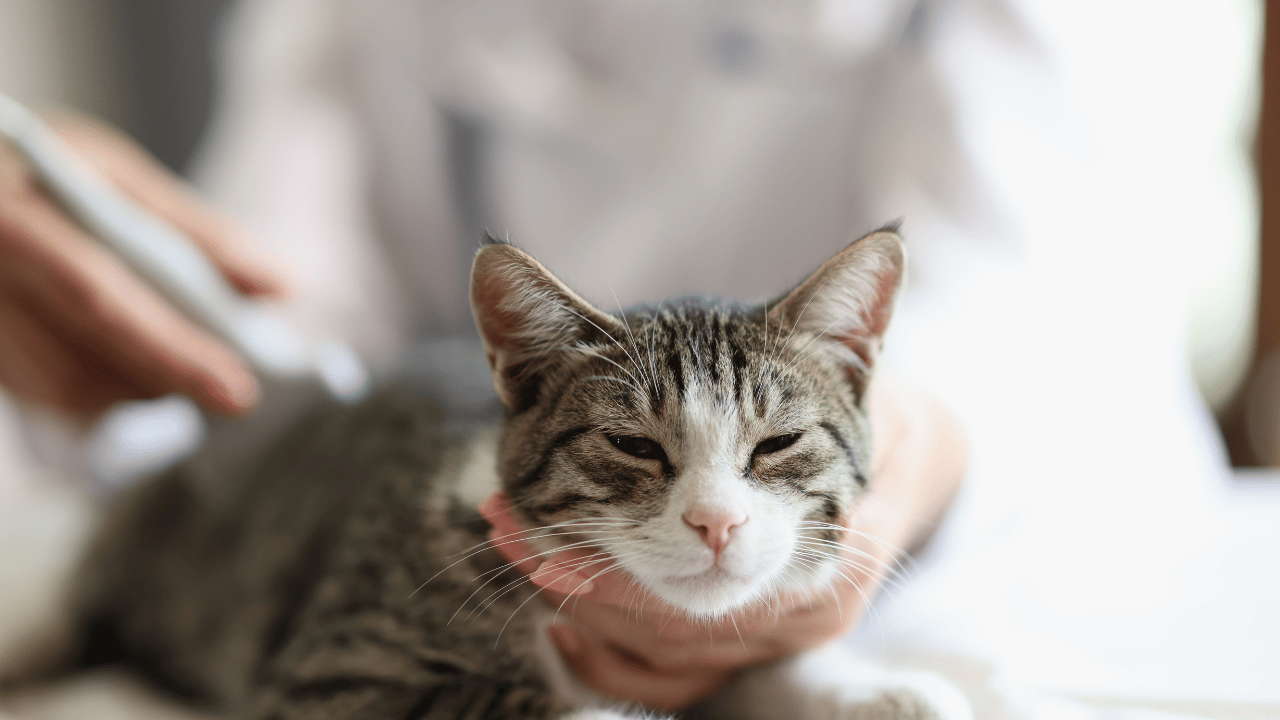Cat Kidney Failure is today our topic. Among the numerous essential functions that kidneys perform for the body is the filtration and elimination of waste products, such as urination. By generating the hormones that are needed for the creation of red blood cells, controlling the flow of blood, and regulating electrolytes and water, the kidneys help the body stay properly hydrated. Furthermore, kidneys can aid the body’s utilization of vitamin D by modifying it. Felines possess two kidneys, just the way humans do.
Kittens diseases regarding their kidneys:
Regrettably, renal failure can happen whenever the kidneys sustain too much harm to function correctly. Chronic renal impairment is typically the reason for the failure of the kidneys. Regular blood work, for example, creatinine levels, does not show any alterations until a kidney loses over 75 per cent of its ability to function. Whenever a feline has kidney damage, there are limited options for therapy available, and the condition can be fatal. It’s suggested that pet owners talk to their doctor about their kitten’s diagnosis, keep an eye on the feline’s daily life, and have a conversation about peaceful euthanasia.
Cat Kidney Failure Explained: Symptoms, Stages, and Contributing Factors
There are two types of kidney sickness in kittens: acute and chronic.
Acute Failure of Kidneys in Felines:
Acute kidney damage, also known as ARF, is the result of abrupt kidney injury in felines, typically occurring in a matter of hours and days. It could be the result of an infection that acts quickly or poisoning. Based on the root cause of the disease, kitties with ARF might eventually recover some kidney capacity with medication and therapeutic attention. Approximately fifty per cent of instances of ARF are fatal regardless of therapy. However, cats that survive the initial cause usually have a better outcome than cats with chronic kidney disease (CKD).
Chronic Kidney Failure in Cats:
CKD leads to end-stage renal failure which is phase 4 of kidney illness. In CKD, a gradual loss of kidney tissue occurs over months or seasons due to underlying genetic factors, chronic infections, age, cancer, or other underlying medical conditions. As it worsens, medical management becomes ineffective in helping the kidneys perform their crucial roles.

Signs of Renal Failure in Felines (Kittens Diseases Symptoms):
Different diagnostic signs apply depending on whether kidney damage in kittens is premature or occurs within the last phases of chronic renal disease. Signs of acute kidney damage in kittens consist of:
- Abrupt start of malnutrition or diminished hunger
- sluggishness or listlessness
- vomiting that occasionally has a blood stain
- either bloody or diarrheal
- Loss of bodyweight
- smell of breath akin to ammonia (caused by uremic waste accumulation within the bloodstream)
- Variations in the frequency, volume, or stoppage of pee
- consuming more fluids than usual—usually too much
- stomach ache brought on by enlarged kidneys (which can be observed in kitties with acute renal impairment)
- Convulsions
Clinical indicators of end-stage renal dysfunction in kittens with chronic renal failure consist of:
- Anorexia/not wanting to eat
- throwing up
- Loss of bodyweight
- sluggishness and extreme tiredness
- Lack of water
- Stunted (maybe restless and uncomfortable)
- Personality shifts (withdrawn, irritable)
- Uncontrollably urinating or faeces
- consuming more fluids than usual
- smells like ammonia in the mouth
- Convulsions
- the temperature of the body dropping
- greasy, messy, thin coating of hair
Cats’ Renal Failure Phases:
Feline lab results and signs are used to establish the phase of renal disease in them. Let’s examine every phase of feline renal failure.
Phase one:
- There isn’t azotemia, yet the kidneys themselves are injured. The amount of waste product buildup within the circulatory system, shown by elevated blood nitrogen levels plus creatinine metabolism, is called azotemia.
- Notably absent were any clinical indications.
- The best probability of a favourable outcome stands at this point. Yet, diagnosing phase 1 renal illness in a feline is extremely uncommon because there are no symptoms or modifications to test values.
Phase Two:
- The kidneys’ capacity for clearing wastes from the bloodstream has begun to decline, and blood tests reveal azotemia. Due to impaired renal function, the waste product becomes increasingly dilute (which includes more fluid).
- A urinalysis is going to end in a reduction in the particular gravity of the urine.
- Around this point, most kittens show no indications at all. However, some begin to consume greater quantities of water and urinate more often while producing more pee overall.

Phase Three:
The kidneys’ capacity to remove harmful substances remains diminished. As the concentration of waste within the bloodstream increases, azotemia worsens. Cats are going to start exhibiting symptoms.
Phase Four:
- The kidneys’ capacity to remove wastes from the bloodstream keeps declining during this last stage of renal failure. The accumulation of toxins within the bloodstream impacts the kidneys’ functioning and can impact other bodily organs.
- The felines start acting strangely and seem quite ill.
- The bones of kittens could readily crack and soften. Weak bones of jaws frequently cause tooth loss in young kittens.
Conclusion
Understanding kidney disease in kittens is crucial for providing them with proper care and timely interventions. From acute kidney injuries to chronic renal failure, these conditions can have serious impacts on a kitten’s health if left untreated. Early detection and regular veterinary checkups can help manage symptoms and improve the quality of life for affected kittens. Pet owners should remain vigilant for signs of kidney issues, such as changes in appetite, urination, or behaviour, and consult with their veterinarian for the best course of action. For more helpful information, don’t hesitate to explore further tips for kittens to ensure they lead a healthy and happy life.

